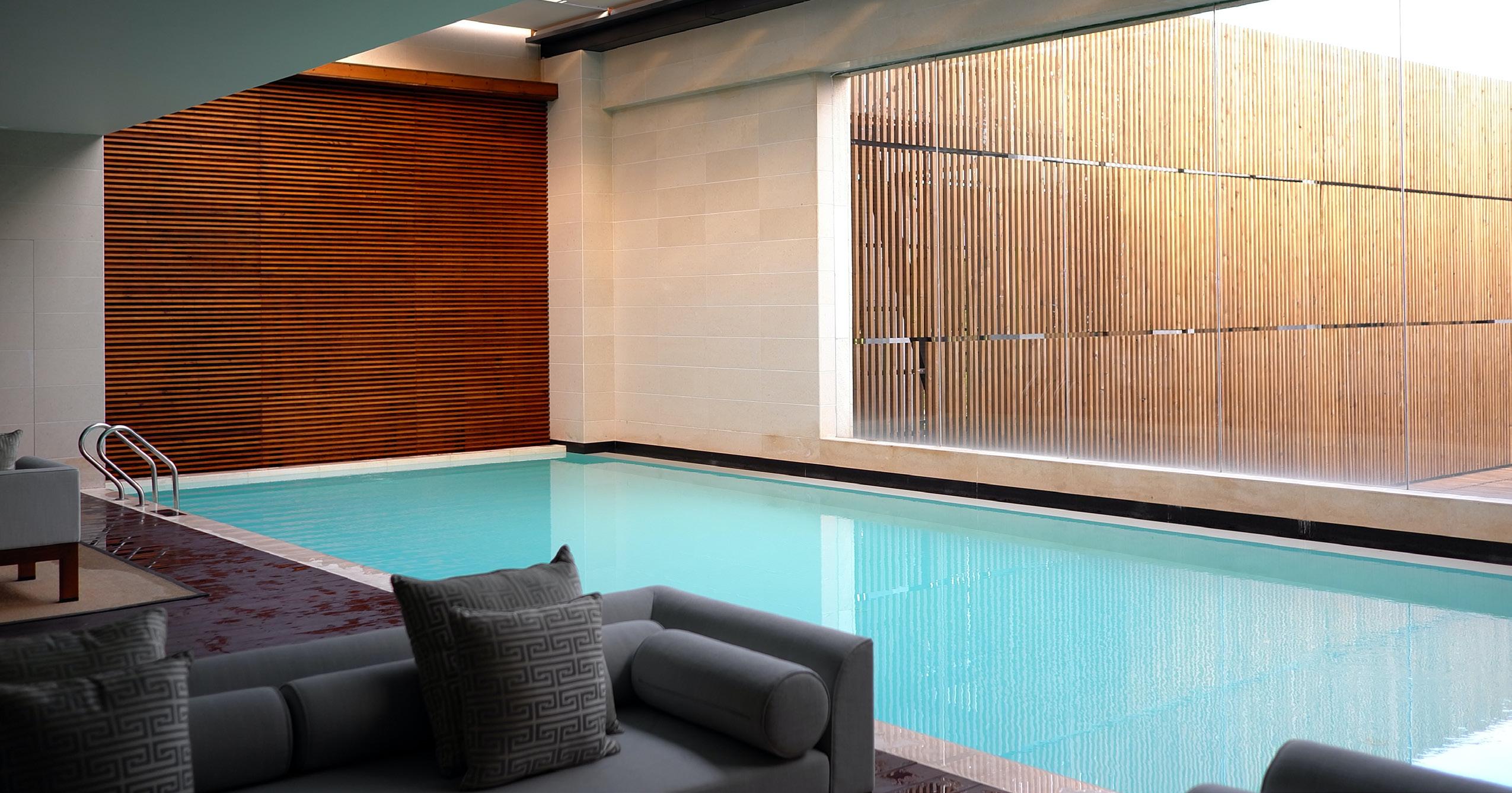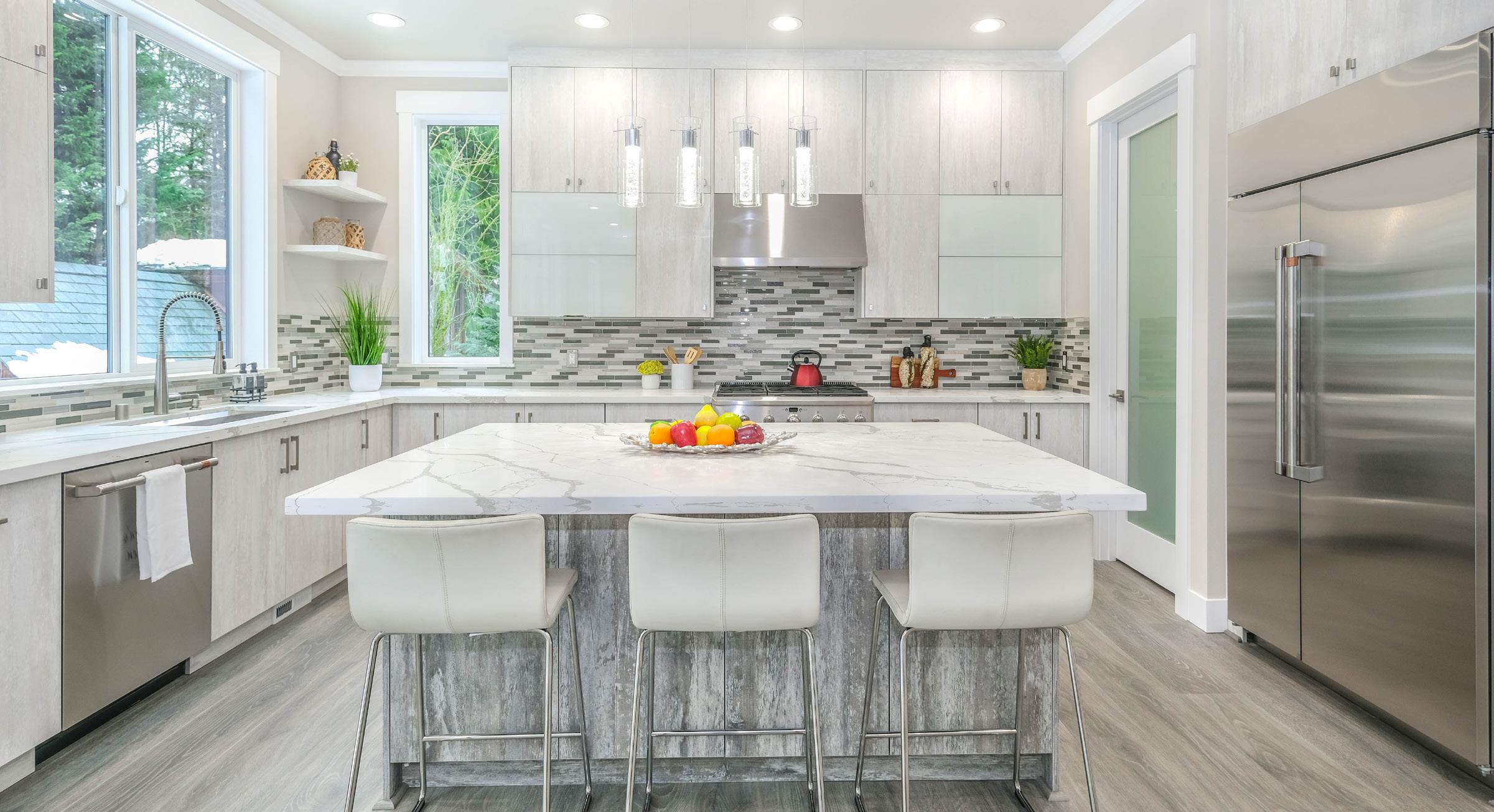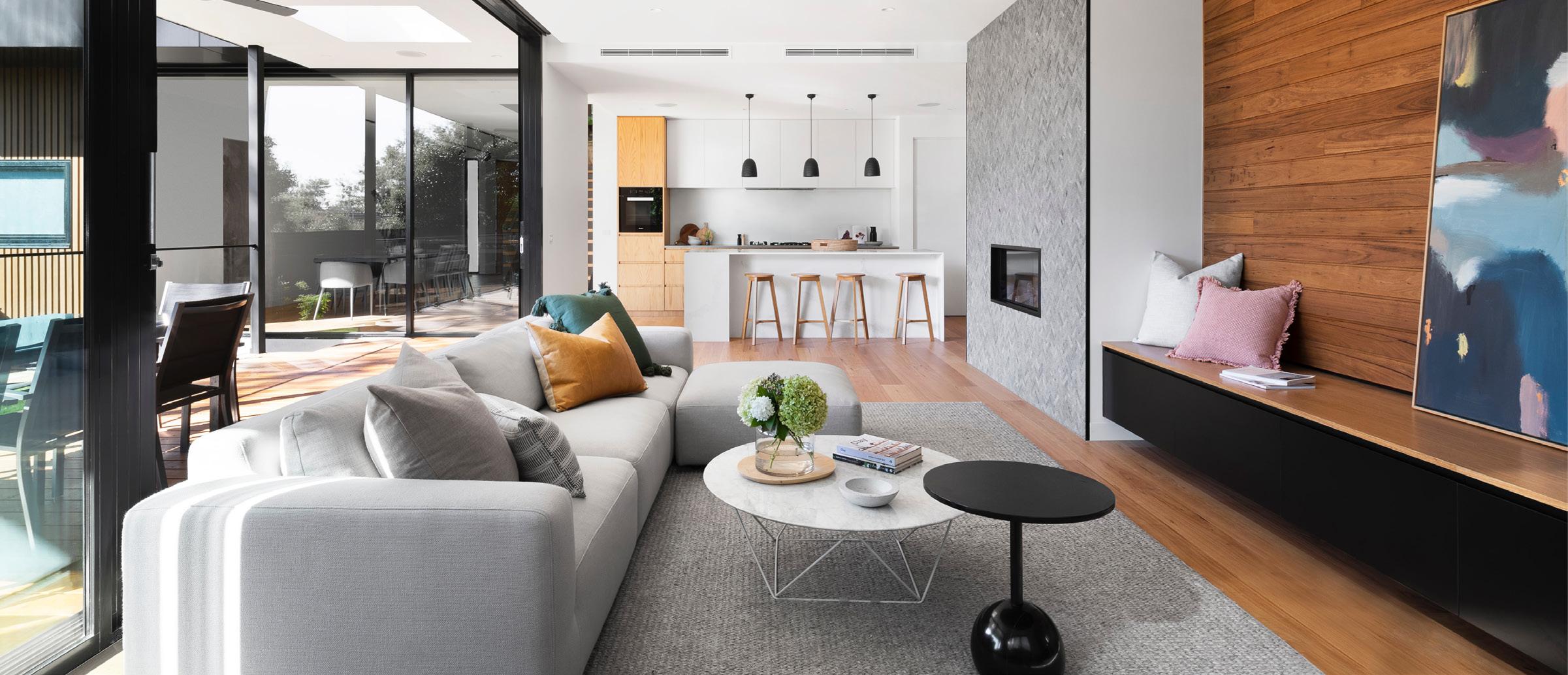
7 minute read
WELCOME MESSAGE
THIS IS YOUR LUXURY MARKET REPORT
MAP OF LUXURY RESIDENTIAL MARKETS
Welcome to the Luxury Market Report, your guide to luxury real estate market data and trends for North America. Produced monthly by The Institute for Luxury Home Marketing, this report
provides an in-depth look at the top residential markets across the United States and Canada. Within the
individual markets, you will find established luxury benchmark prices and detailed survey of luxury active and
sold properties designed to showcase current market status and recent trends. The national report illustrates
a compilation of the top North American markets to review overall standards and trends.
Copyright © 2022 Institute for Luxury Home Marketing | www.luxuryhomemarketing.com | 214.485.3000 The Luxury Market Report is a monthly analysis provided by The Institute for Luxury Home Marketing. Luxury benchmark prices are determined by The Institute. This active and sold data has been provided by REAL Marketing, who has compiled the data through various sources, including local MLS boards, local tax records and Realtor.com. Data is deemed reliable to the best of our knowledge, but is not guaranteed.
NORTH AMERICAN LUXURY REVIEW
Taking the Long View
Markets Continue to Cool
The most notable trends in the current market are the continued decline in the volume of sales and inventory levels as well as the number of new listings entering the market. To some degree, this is not unexpected as we head towards the quieter real estate months of winter, but these numbers are still reflective of a cooling market.
Of equal notability is the large disparity between the median list price of properties still on the market compared to the median sold price for recent sales. This is true in both the single-family and attached property markets as the disconnect between seller and buyer expectations continues.
While this disconnect is hindering sales in the market for homes that have been on the market for a long time without a price reduction, for homes price correctly there seems to be little downward pressure, especially as the average days on market remains in the 20s, rather than in the 50-60s typically seen in pre-pandemic times.
More of a Lull Than a Crash
Despite the decline in the number of transactions over the last few months, there are no critical signs of distress in the luxury market. Low inventory levels are containing the ability for buyers to low-ball, home values continue to remain fairly stable, and many homeowners still retain their low interest rates, they so are not yet feeling the strain of additional mortgage costs.
Purchases during the pandemic were made to fulfill the need for a refuge and space and although these might not be the top priority in the current market, homes were mostly bought with longterm ownership in mind. While priorities may have shifted, the ownership mindset has not. The affluent are content to look beyond the short-term turbulence and focus on the future opportunity,
whether that is one or even ten years away – hence the reason we see such a low percentage of “highly motivated to luxury sellers” in today’s market.
Although we have seen prices fall modestly during the last four to five months, prices remain at near record levels across North America, and it is unlikely that a significant decline in home prices will happen unless there is a drastic change either in the economy, through recession, or a huge increase of new inventory.
Revaluating Expectations
All markets tend to be cyclical, so it was not unexpected to see the return of more moderate conditions earlier this year. The major difference was how swiftly this change occurred, as the impact of a weakening economy took its toll on the luxury market.
Buyers and sellers must now simply start to reevaluate their expectations in this cooling market. The rush is over, as is the likelihood of fast investment returns and unfettered selling and buying of luxury homes. The cost of borrowing money will likely remain at higher rates for some time, so homes will need to be purchased with a long-term view in mind.
That being said, the last few years have left their legacy for the luxury market. While it might only represent a small percentage of the overall real estate market, luxury homeownership’s influence is growing. Not only has the purchase of homes valued over $1 million (a figure considered by the National Association of Realtors to be a benchmark for luxury) tripled from 2.6% to 6.5% since 2018, but demand for multiple luxury properties has soared over the last two years.
This phenomenal increase has been driven by a growing affluent demographic who consider owning a luxury property a necessity in their asset portfolio. All indications are that this trend is here to stay, albeit that demand is set to return to a more sustainable level.


Investment Returns Will Slow
Return on real estate purchases over the last two years has been incredibly robust, driven by strong demand, cheap debt, and government stimulus spending. According to a recent report by PriceWaterHouseCoopers (PWC), the total return on real estate soared over 20 percent in the four quarters through to mid-2022, which is three times the 20-year average.
However, PWC expects these returns to slow to 3.8% in 2023, with a moderate recovery to 7% in 2024, primarily due to higher interest rates and the cost of capital borrowing. They also remind us that the last ten years of low-interest rates are, in fact, not the historical norm and that these current higher rates will result in more moderate returns once more.
Uncertainty Continues to Fuel Hesitancy
The biggest challenge for both sellers and buyers is the uncertainty on where prices will settle; should they sell now when the market is less favorable or wait to see if the market improves in 2023? Buyers are equally concerned, not wanting to pay current prices if they believe that values will trend down.
This hesitancy on both sides will continue until the economy stabilizes and those looking to sell and buy become confident that inflation has been tamed and interest rates will stop climbing. With buyers and sellers both playing the long game, it is unlikely that we will see a significant uptick in the volume of homes for sale this winter, and certainly, we will not see the velocity of sales experienced last November 2021 to March 2022.
Moving to More Affordable Markets
To counter the lack of opportunity to purchase a luxury property in their own locale, there is a trend, mainly driven by the younger demographic who can work from anywhere, to move to a new market. This trend is not new; we saw it during the pandemic with many buyers moving to ‘Zoom towns’ and lower-priced emerging markets.
In today’s market, there are still opportunities for those looking for more affordable luxury homes to move to communities such as these, for two reasons. Firstly, construction has boomed in many of these markets opening up new inventory, and secondly, because of the previous meteoric rises in values, properties still on the market are now considered overpriced. This has created a comparatively higher rate of inventory, resulting in an increasing number of price reductions.
Climate Impacts Choices
Another factor influencing decisions in the luxury real estate market is the importance of finding locations that are not negatively affected by climate change.
The impact is not simply the extreme risk of fire, flood, hurricanes, tornadoes, or droughts but the resulting effects such as higher energy bills, risk of power outages, increased insurance, and damage to local infrastructure and amenities.
A recent study by Forbes Home found that almost a third of their respondents cited their reason to move was due to climate change, and another third cited “looking for better weather” for their move in the next two years.
Similar to the increased movement to more affordable markets, this emerging priority is driven by the younger generation aged under 41 years old.
Future Expectations
As we head towards a new year, while we expect the luxury real estate market to remain softer than last year, it is important to remember that we are simply returning to a more normalized market. Expect properties to stay on the market longer, prices not to drop significantly, and the affluent to make decisions based on long-term investment.
We highly recommend working with a luxury property specialist during this unconventional market to ascertain what is truly happening in your local marketplace. The art of selling and buying in this market needs a critical and analytical approach; understanding the realities and setting expectations accordingly will ensure that goals are achieved.



